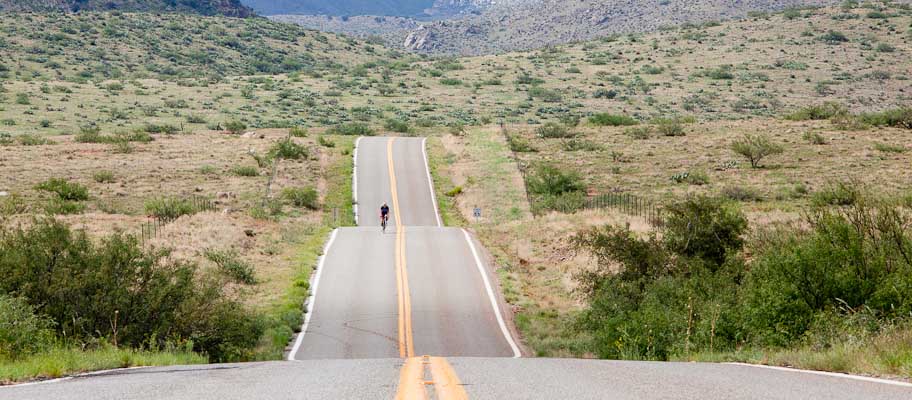When it comes to your muscles, cycling is a predominantly lower extremity exercise. Not including your heart, your legs are pumping harder than anything else in your body. Everything else remains relatively fixed in certain positions for prolonged periods of time, so it only makes sense that our training off the bike pays special attention to leg exercises for cycling.
You might be thinking…shouldn’t a cycling leg workout just consist of…cycling?
Well, unfortunately our time on the bike will only take us so far in terms of output and overall performance. The fault of which lies in something called the S.A.I.D. principle.
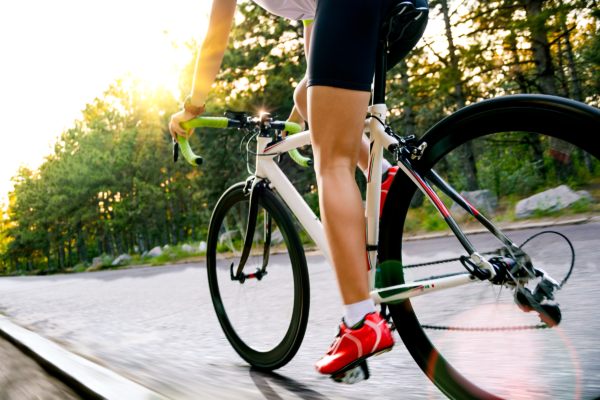
Source: Maksym Protsenko/Adobe Stock
S.A.I.D. Principle
Specific Adaptations to Imposed Demands (S.A.I.D.) is a guiding principle in exercise science that the body is always following. What it means is that the body will change only in relation to the demands you are placing upon it…
For example, if you do push ups, you will get stronger arms and chest muscles. You will also get better at pushups.
If you start running, your ankles will get stronger and you’ll lose weight. You’ll also get better at running.
If you sit at your desk, your glutes will get weak and your upper back will start rounding forward. You’ll also get better at sitting.
If you ride your bike, you will increase your cardiovascular fitness and tone your legs. You’ll also get better at cycling.
All these things are true…to an extent.
An important component of the S.A.I.D. principle is that the imposed demands have to be adequate enough for the body to make the continual corresponding specific adaptations. In cases where you’re getting weaker (such as the sitting example), this has to be thought about slightly differently. We will focus on getting stronger for the remainder of the article.
If you ride your bike 10 miles (and that is difficult for you), you will see improved fitness and strength adaptations in your body each repeated time you complete that distance. Once you are strong and fit enough to easily do 10 miles however, it is going to take a different or more intense stimulus to see new fitness/strength gains.
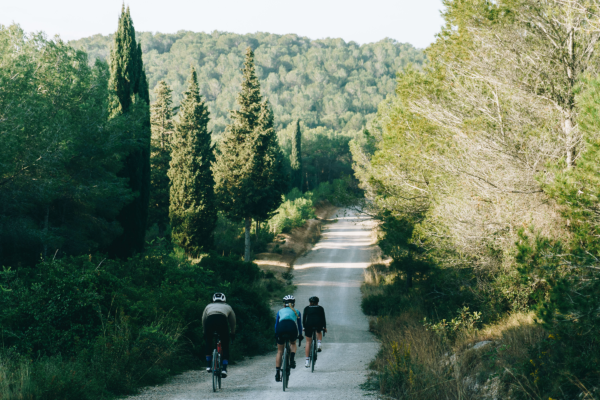
Source: Justin/Adobe Stock
How Does This Relate To Cycling?
Time on the bike will only get you so far. There are few ways outside of changing gears and the level of incline your riding that will make pedaling more difficult. It’s near impossible (and honestly, would be a bit strange) to try and replicate the reps and sets of a strength or muscle building focused gym workout whilst on the bike.
Leg exercises for cycling should focus on building more muscle in the correct tissues, and also increasing their force production capabilities over extended periods of time. Luckily for us, these things can go hand in hand. It’s a matter of choosing the appropriate exercises and performing them in the right order to give us the maximum benefit.
The S.A.I.D. principle is always at work. So what demands should we place on our bodies to get the adaptations that we want (i.e. faster, stronger, better cycling performance)?
Cyclist Legs Workout
By creating routines with exercises that are both similar and complementary to the positions and muscular contractions we see in cycling, Dynamic Cyclist is a wonderful resource for anyone looking to increase their leg drive on the bike.
We’ve taken some of the exercises from one of their lower body routines to show just how beneficial the right movement selection can be. Each exercise includes a link to our coach Alisha teaching and demonstrating each movement, as well as a quick explanation about what makes it so powerful for you as a cyclist.
These are just a few exercises from a library filled with hundreds of videos and routines to help you ride pain free and be better on the bike. We hope you enjoy them and consider signing up for a FREE TRIAL with Dynamic Cyclist HERE!
Squat w/Band
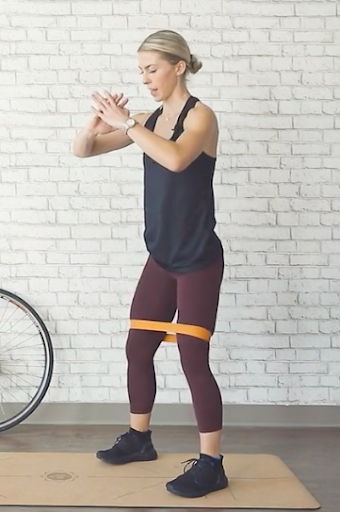
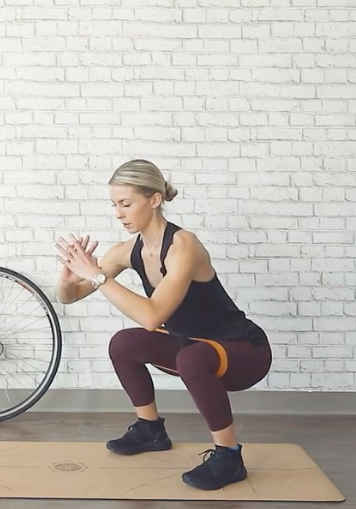
Click here to try this exercise with Alisha!
Why It Works
It wouldn’t be a lower body workout without squats. It’s a fundamental movement we’ve been doing since we were kids, and it is one of the best leg exercises for cyclists. The force produced in the power phase of your pedal stroke is produced primarily by your quadriceps (front thigh muscles), and that’s exactly what this exercise focuses on.
By adding the mini band around your legs, it forces you to press your knees outwards throughout the entire movement. This helps to engage your glute (butt) muscles which play an important part in your overall hip health and lower body strength.
Hamstring Curls
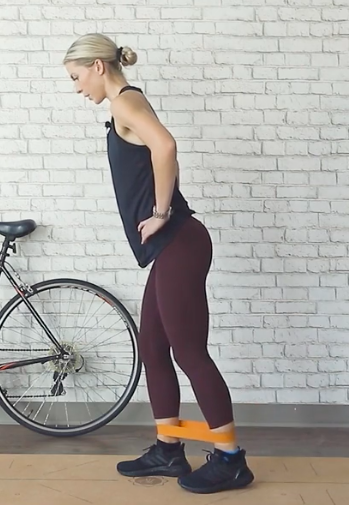
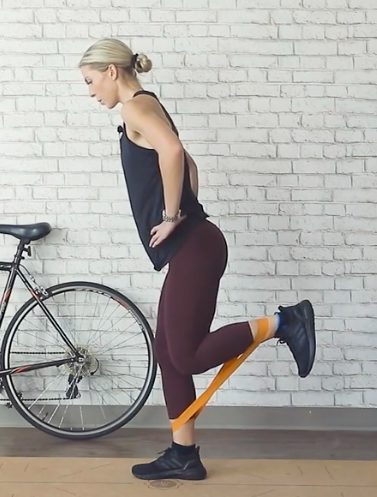
Click here to try this exercise with Alisha!
Why It Works
The hamstrings (particularly the biceps femoris) play a crucial part in cycling because of their dual function, knee flexion and hip extension. Both of these things occur in the transition between your downward and upward stroke, and because of the position of the hip while cycling, the hamstrings end up doing the majority of the extension work (as opposed to the glutes).
This exercise is simple, easy to do and all you need is a mini band. Because of the anatomy of the hamstrings and their crossing of the knee joint, they are an important stabilizer of the knee and contribute to its overall health. Many people experience knee pain while cycling because of an imbalance between the quadriceps and the hamstrings, this exercise helps correct that.
Tick Tocks
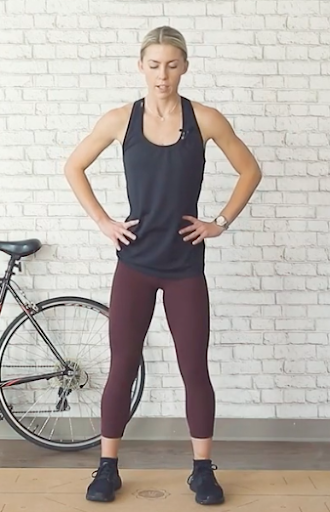
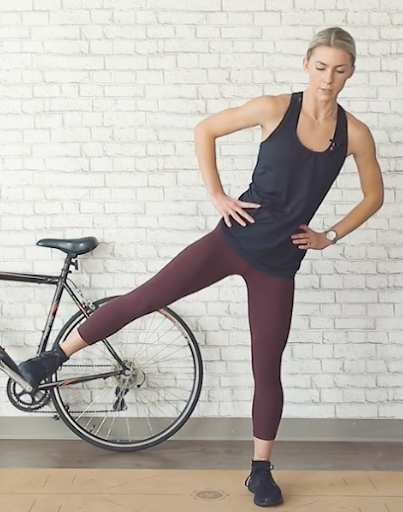
Click here to try this exercise with Alisha!
Why It Works
In a way, cycling is a partly unilateral exercise (one side, one legged). Not entirely of course, because you have the support of both pedals at the same time. However, there are varying degrees of emphasis on each leg depending on which one is in its power phase.
This can create an odd strength/timing imbalance if one side is stronger than the other, because one leg might be pushing faster and with more force. The tick tock exercise helps work on the strength of each leg independent of the other. It also places tremendous demand on your gluteus medius and minimus through the standing leg and dynamic abduction of your free leg. Both these things contribute to pelvis stabilization and overall hip health.
Now It’s Your Turn!
Give these exercises a try and see what you think! Adding some strength training into your routine can go a long way towards improving cycling performance, reducing injury and keeping your body healthy long term. If you’re not sure where to start, Dynamic Cyclist has put it all together into one simple package available for you HERE.
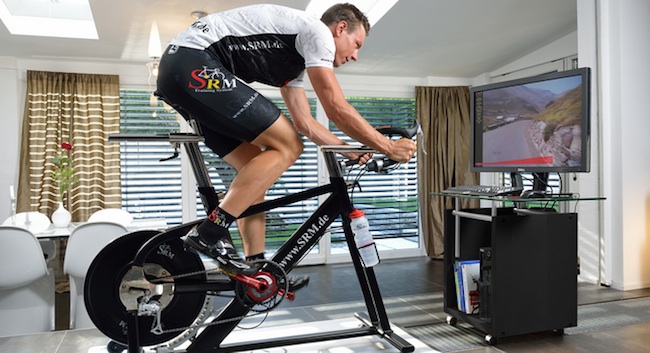
 Another season begins, the snow melts, and the flowers bloom. The giddiness and excitement of your new bike overwhelms you and you’re putting a ton of kilometers in the bank. Your quadriceps are sore, your hamstrings are tight, your hips begin to seize. This is all part of getting faster, right? Wrong. Speed and strength does not have to come at the expense of mobility.
Another season begins, the snow melts, and the flowers bloom. The giddiness and excitement of your new bike overwhelms you and you’re putting a ton of kilometers in the bank. Your quadriceps are sore, your hamstrings are tight, your hips begin to seize. This is all part of getting faster, right? Wrong. Speed and strength does not have to come at the expense of mobility.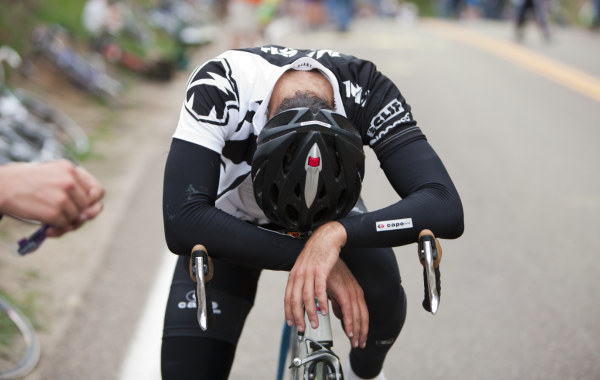 Anyone can suffer from overtraining and in fact, it’s more likely to occur in beginner cyclists as they try and do too much, too soon.
Anyone can suffer from overtraining and in fact, it’s more likely to occur in beginner cyclists as they try and do too much, too soon.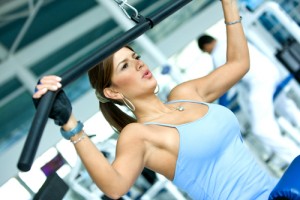
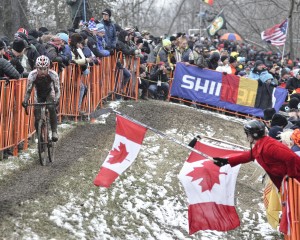
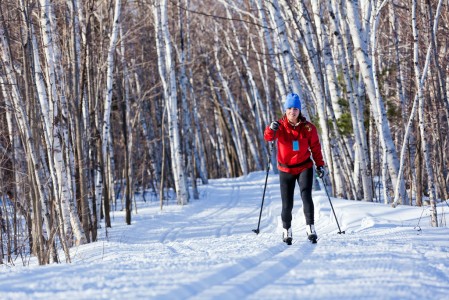
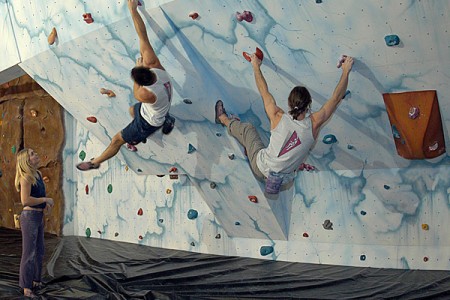
 This training article comes courtesy of Rob Swan, a NCCP Level 3 certified coach with
This training article comes courtesy of Rob Swan, a NCCP Level 3 certified coach with 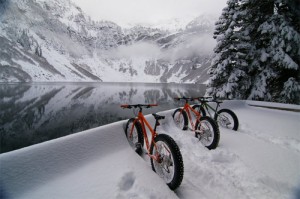 FAT Biking: Now if you truly want to stay outdoors through the winter months, test-ride a FAT Bike. Then, of course, you will be buying a FAT Bike because you will want to ride every day, winter or summer. These bikes can go anywhere, anytime and anyone can ride them. For winter, they are great as a commuter because they will roll over roads, dirt, snow and ice without a problem at all. You can take them on snow covered mountain bike trails and on snowmobile trails for the ultimate in winter fun. As well as sheer enjoyment, these bikes will help you maintain your fitness.
FAT Biking: Now if you truly want to stay outdoors through the winter months, test-ride a FAT Bike. Then, of course, you will be buying a FAT Bike because you will want to ride every day, winter or summer. These bikes can go anywhere, anytime and anyone can ride them. For winter, they are great as a commuter because they will roll over roads, dirt, snow and ice without a problem at all. You can take them on snow covered mountain bike trails and on snowmobile trails for the ultimate in winter fun. As well as sheer enjoyment, these bikes will help you maintain your fitness.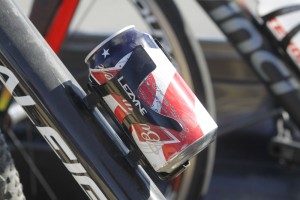 Alcohol and cycling. Do they really mix?
Alcohol and cycling. Do they really mix?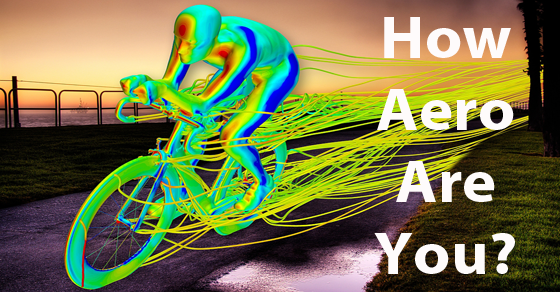 There are two ways to get faster on a bike; increase power or increase aerodynamic efficiency.
There are two ways to get faster on a bike; increase power or increase aerodynamic efficiency.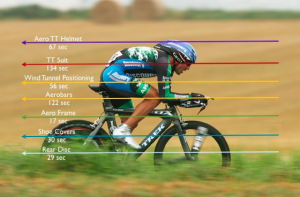 Test how slippery you have become with the small tweaks you have made.
Test how slippery you have become with the small tweaks you have made.